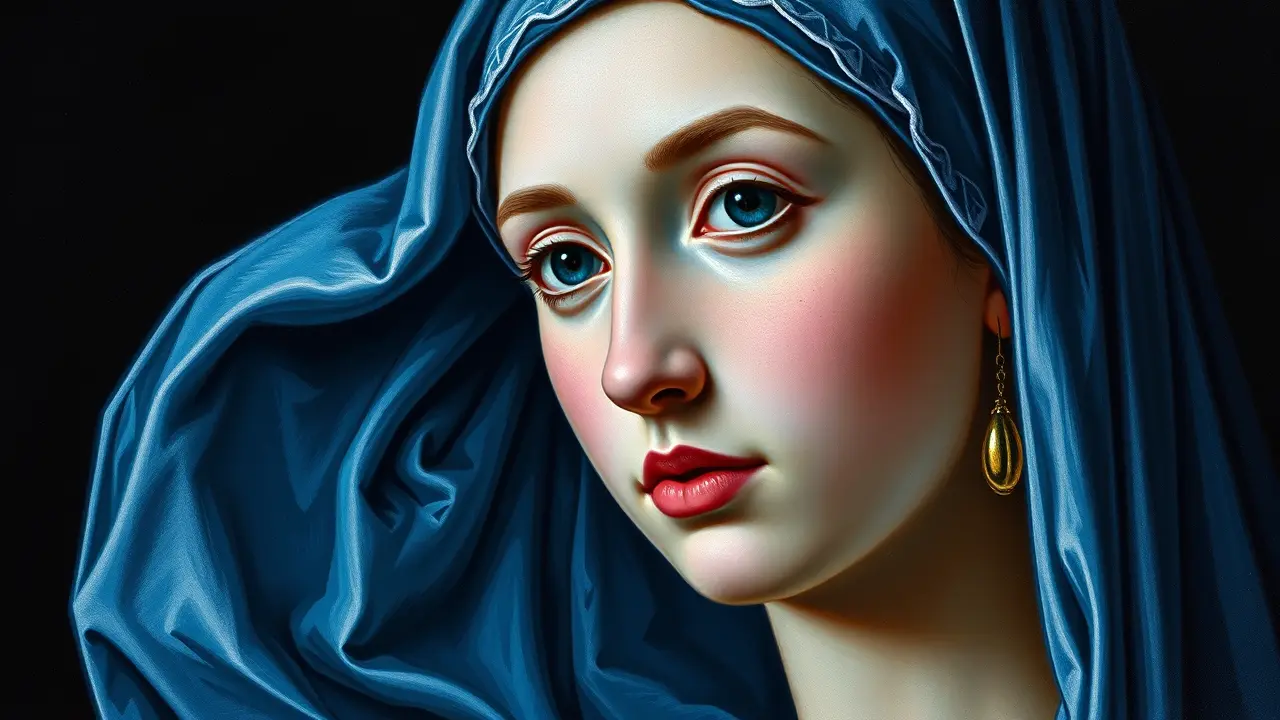
Entertainmenttheatre & artsArt Exhibitions
Misidentified Sofonisba Anguissola Portrait Debuts in U.S.
AM
Amanda Lewis
4 hours ago7 min read1 comments
In the hushed, reverent halls of the Timken Museum, a quiet revolution is taking place, one brushstroke at a time, as Sofonisba Anguissola’s long-misidentified portrait makes its poignant U. S.debut. The painting, a masterwork of Renaissance subtlety, carries with it a history as rich and layered as the pigments on its canvas, having been erroneously cataloged for centuries as a depiction of Saint Peter the Apostle—a misattribution so profound it speaks volumes about the gendered blind spots that have long plagued art historical scholarship.Anguissola, a luminary of the 16th century, was no ordinary painter; born into an aristocratic Cremonese family that championed her education in an era when women were largely barred from formal apprenticeships, she transcended the constraints of her time to become a court painter to King Philip II of Spain, her work celebrated for its psychological depth and innovative departure from the rigid, often impersonal, portraiture of the male-dominated Italian masters. This particular portrait, now correctly attributed, reveals her genius in capturing the delicate interplay of light and shadow on the subject’s face, the almost imperceptible curl of a lip hinting at a inner life, a narrative simmering beneath the surface—a hallmark of her style that influenced later giants like Caravaggio.The misidentification as Saint Peter, perhaps born from a later overpainting or a clerical error in some dusty ecclesiastical inventory, is not merely a footnote; it is a symptom of the systemic erasure of women artists, whose works were often relegated to the margins or ascribed to their male contemporaries, a fate that befell even the most accomplished like Artemisia Gentileschi or Lavinia Fontana. Dr.Eleanor Vance, a leading scholar in Renaissance art at the Getty Museum, notes, 'The correction of this attribution is more than an academic exercise; it’s a reclamation. Anguissola’s oeuvre is a testament to the quiet rebellion of female artists who worked within the confines of patronage to assert their unique vision.This portrait, once lost to misogynistic oversight, now stands as a corrective to the canon, inviting us to reconsider the very foundations of art history. ' The painting’s journey to the Timken—a carefully negotiated loan from a private European collection—underscores a growing institutional shift toward diversifying narratives, a trend seen in recent blockbuster exhibitions like the Prado’s 'A Tale of Two Women Painters' and the Met’s rehangings to highlight overlooked figures.Yet, the stakes are high; as the art market increasingly valorizes such rediscoveries, with prices for Anguissola’s works soaring into the millions, this debut also raises questions about commodification and the ethics of restitution in an era of heightened cultural sensitivity. What does it mean for a piece of Italian-Spanish heritage, once mislabeled and nearly forgotten, to find a new home in an American institution? It signals a broader, more inclusive dialogue, but also a responsibility to contextualize it beyond the sensationalism of rediscovery.The portrait’s presence in San Diego, a city with its own complex colonial past, adds another layer, prompting reflections on how art migrates, transforms, and acquires new meanings across borders and centuries. In the end, this is not just a story about a painting; it is a narrative about memory, identity, and the relentless pursuit of truth in the face of historical amnesia, a theme as timeless as the art itself, rendered with the emotional resonance and critical depth that Anguissola herself would have admired.
#Sofonisba Anguissola
#portrait
#art exhibition
#Timken Museum
#misattribution
#featured
Stay Informed. Act Smarter.
Get weekly highlights, major headlines, and expert insights — then put your knowledge to work in our live prediction markets.
© 2025 Outpoll Service LTD. All rights reserved.